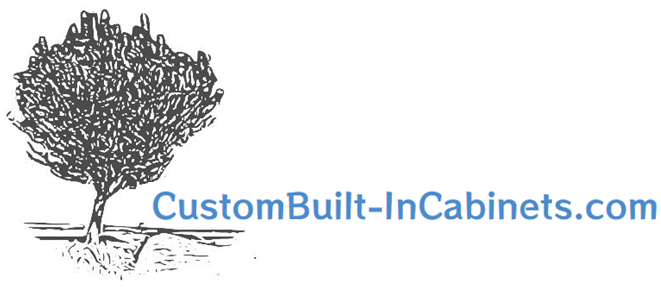Cabinet Backing Options
Have you ever put large plates inside your cabinet and couldn't close the door because the plates "were too big?" Here are some notes and variations about cabinet backing options to consider when planning your project.
Do you need extra depth in your cabinets? Do you want to maximize the internal space available for use inside your cabinets? Will anything you are placing on the shelves stick out past the front edge? The answers to these questions are crucial when deciding what you intend to store on and inside your cabinets.
Backs on cabinets make a cabinet case square and durable. Backing is important for ease of installation, although backs are not always necessary. In European style cabinetry, predominantly frameless full access, different types of joinery are used along with shims and wall anchors to achieve perfectly square, level and plumb cabinets without the use of backs. If done carefully and correctly, some types of cabinets, like tall bookshelves and custom closets, can be installed without the need for backs.

Cabinet Backing Options
- Framed Cabinets would have an 11 1/2" internal depth.
- Full Access Frameless cabinets would 11" internal depth.
- No back cabinets (see the wall) would have full 12" depth.
